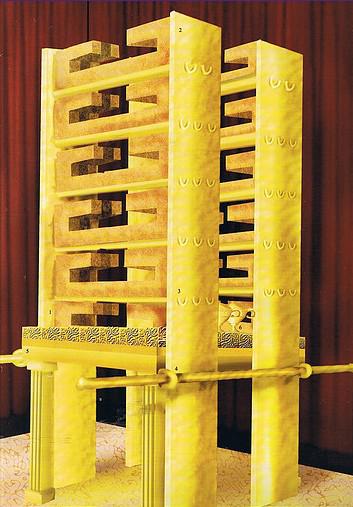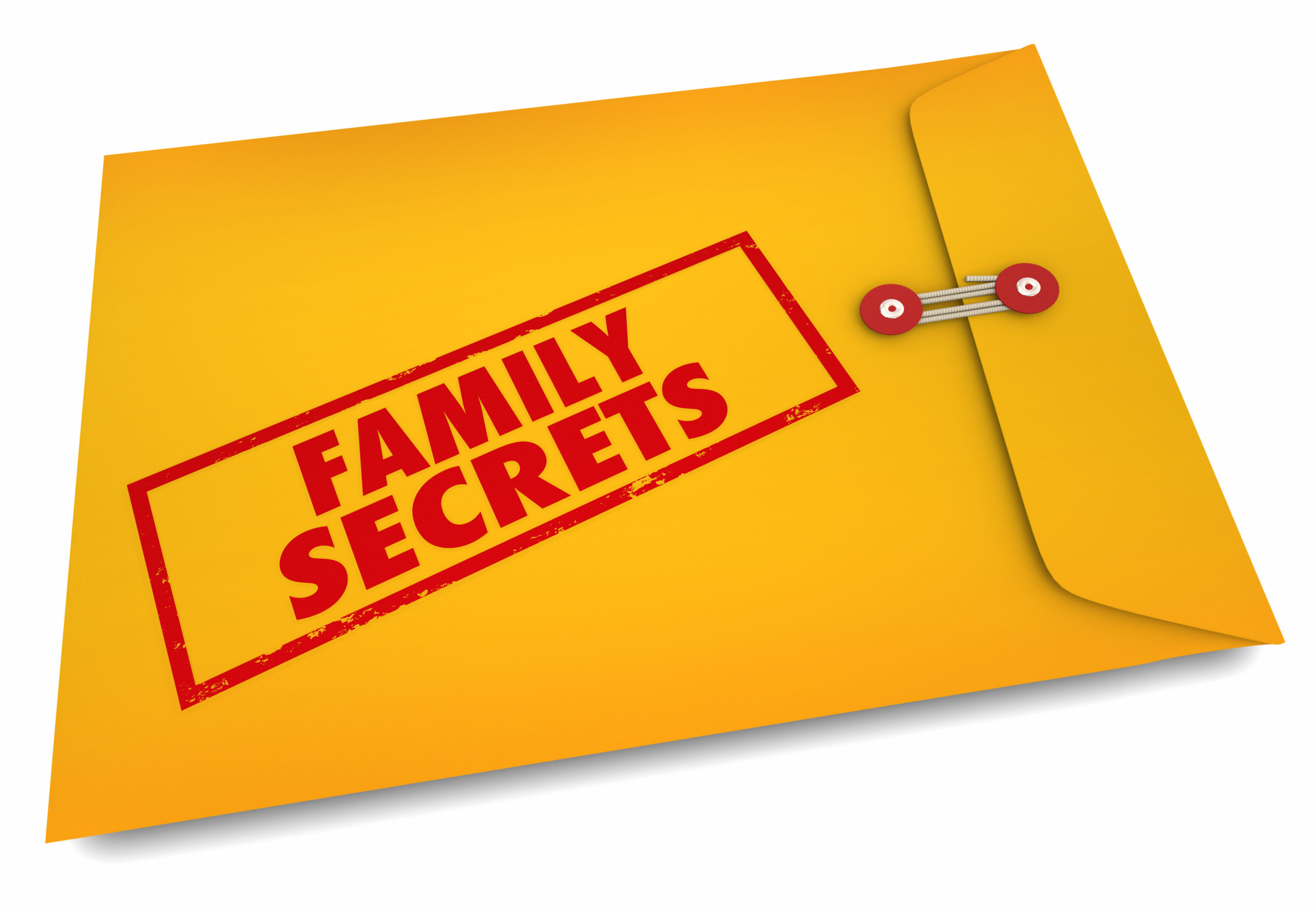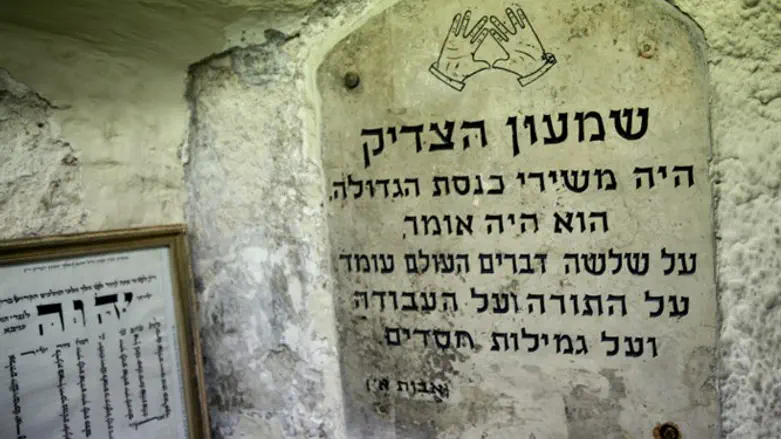BSD
Shkolim -14a (2)
Elul 21, 5784. 09/24/2024
Some short notes:
1- The stories of בית גרמו who baked the לחם הפנים and בית אבטינס who ground and mixed the קטורת.

Both families refused to divulge the secret process of their crafts. The משנה in יומא states that they will be mentioned in a negative way.
וְאֵלּוּ לִגְנַאי שֶׁל בֵּית גַּרְמוּ לֹא רָצוּ לְלַמֵּד עַל מַעֲשֵׂה לֶחֶם הַפָּנִים שֶׁל בֵּית אַבְטִינָס לֹא רָצוּ לְלַמֵּד עַל מַעֲשֵׂה הַקְּטוֹרֶת.
MISHNA: Apropos the mention in the mishna of people who took action in the Temple and were mentioned favorably, the mishna lists those who took action in the Temple and were mentioned unfavorably. The craftsmen of the House of Garmu did not want to teach the secret of the preparation of the לחם הפנים and sought to keep the secret within their family. The craftsmen of the House of Avtinas did not want to teach the secret of the preparation of the קטורת.

Our גמרא relates the attempts by the חכמים to use the ‘experts of Alexandria’ in Egypt to either bake the לחם הפנים or to prepare the קטורת.
Both experiments failed – the bread didn’t stay fresh and the smoke of their קטורת did not rise in a ‘solid stack’.
2- Why Alexandria? No other location anywhere in the world had professional bakers or ‘herb mixers’? Was it a coincidence that Alexandria had at that time, both artisan bakers and expert chemists?
A suggestion – looking for a source to base this on.
The tragic story of בית חוניו as per the גמרא מנחות קט, ב.
At the time of his death, שמעון הצדיק said to the Sages: חוניו , my son, will serve as High Priest in my stead. Shimi, חוניו’s brother, became jealous of him, as Shimi was two and a half years older than חוניו .
Shimi said to חוניו treacherously: Come and I will teach you the order of the service of the High Priest. Shimi dressed חוניו in a tunic [be’unkeli] and girded him with a ribbon [betziltzul] as a belt, i.e., not in the vestments of the High Priest, and stood him next to the altar.
Shimi then said to his fellow priests: Look what this man vowed and fulfilled for his beloved, that he had said to her: On the day that I serve in the High Priesthood I will wear your tunic and gird your ribbon.

The fellow priests of חוניו wanted to kill him because he had disgraced the Temple service with his garments. חוניו ran away from them and they ran after him. He went to Alexandria in Egypt and built an altar there, and sacrificed offerings upon it for the sake of idol worship. בית עבודה זרה
This is the statement of Rabbi Meir. According to Rabbi Meir, the temple of חוניו was built for idol worship.
According to Reb Yehuda חוניו went to Alexandria in Egypt and built an altar there, and sacrificed offerings upon it for the sake of Heaven. לשם שמים.
Can it be that the חכמים , who were looking for alternative bakers and mixers of קטורת , figured that since a ‘parallel’ בית המקדש exists in Alexandria, the local craftsmen (who who baked and mixed the incense for that בית המקדש ) would be able to duplicate it for the בית המקדש in ירושלים?
As above, it’s only a suggestion.
Comments and sources are welcome.
3- We mentioned the Tosfos in Yuma as to why experts were needed to bake bread that would not go bad after 7 days when this was one of the 10 ניסים of the בית המקדש.
(ה) עֲשָׂרָה נִסִּים נַעֲשׂוּ לַאֲבוֹתֵינוּ בְּבֵית הַמִּקְדָּשׁ: לֹא הִפִּילָה אִשָּׁה מֵרֵיחַ בְּשַׂר הַקֹּדֶשׁ, וְלֹא הִסְרִיחַ בְּשַׂר הַקֹּדֶשׁ מֵעוֹלָם, וְלֹא נִרְאָה זְבוּב בְּבֵית הַמִּטְבָּחַיִם, וְלֹא אֵרַע קֶרִי לְכֹהֵן גָּדוֹל בְּיוֹם הַכִּפּוּרִים, וְלֹא כִבּוּ גְשָׁמִים אֵשׁ שֶׁל עֲצֵי הַמַּעֲרָכָה, וְלֹא נִצְּחָה הָרוּחַ אֶת עַמּוּד הֶעָשָׁן, וְלֹא נִמְצָא פְסוּל בָּעֹמֶר וּבִשְׁתֵּי הַלֶּחֶם וּבְלֶחֶם הַפָּנִים, עוֹמְדִים צְפוּפִים וּמִשְׁתַּחֲוִים רְוָחִים, וְלֹא הִזִּיק נָחָשׁ וְעַקְרָב בִּירוּשָׁלַיִם מֵעוֹלָם, וְלֹא אָמַר אָדָם לַחֲבֵרוֹ צַר לִי הַמָּקוֹם שֶׁאָלִין בִּירוּשָׁלַיִם.
4- So the secret of the herb מעלה עשן was closely held by the אבטינס family.
בֵּית אַבְטִינָס הָיוּ בְקִיאִין בְפִיטּוּם הַקְּטוֹרֶת וּבְמַעֲלֶה עָשָׁן וְלֹא רָצוּ לְלַמֵּד. שָׁלְחוּ וְהֵבִיאוּ אוּמָנִים מֵאַלֶכְּסַנְדְרִיאָה וְהָיוּ בְקִיאִין בְפִיטּוּם הַקְּטוֹרֶת. וּבְמַעֲלֶה עָשָׁן לֹא הָיוּ בְקִיאִין. שֶׁלְבֵּית אַבְטִינָס הָיְתָה מְתַמֶּרֶת וְעוֹלָה וּפּוֹסָה וְיוֹרֶדֶת. וְשֶׁלְאֵילוּ הָיְתָה פוֹסָה מִיַּד.
The family אבטינס were experts in preparing the incense and the smoke-creating herb, but they did not want to teach. They sent and brought craftsmen from Alexandria who were experts in preparing the incense but were not experts in the smoke-creating herb. The family Eutinos’s was going straight up, and spread, and descended. But theirs was immediately spreading.

We mentioned the או”ח קלג בית יוסף who derives from the above story that the rule of אם חסר אחד מכל סממניה חייב מיתה applies only to the 11 main ingredients of the קטורת. Not on the addition herbs such as מעלה עשן and בורית כרשינה.

For if the חכמים knew at the outset that the Alexandrian craftsmen didn’t know how to produce a proper מעלה עשן how would they even invite them to try it out?
However, see here from the משנה למלך who disagrees.
5- In passing we mentioned the next piece of the בית יוסף where he writes due to the above, one should say קטורת only from a Siddur so not to unintentionally skip one of the קטורת.
See here from the רמ”א.

6 –
הוּגְדַּס בֶּן לֵוִי עַל הַשִּׁיר. אָמַר רִבִּי אָחָא. נְעִימָה יְתֵירָה הָיָה יוֹדֵעַ. וְאָמְרוּ עָלָיו עַל הוּגְדַּס בֶּן לֵוִי שֶׁהָיָה מַנְעִים אֶת קוֹלוֹ בַזֶּמֶר. וּכְשֶׁהָיָה נוֹעֵץ גּוֹדְלוֹ לְתוֹךְ פִּיו הָיָה מוֹצִיא כַמָּה מִינֵי זֶמֶר והָיוּ אֶחָיו הַכֹּהֲנִים נִזְקָרִין לוֹ בַת רֹאשׁ.
“Hugdas ben Levi for the song.” (Choirmaster?) Rebbi Acḥa said, he knew a special melody. When he put his thumb in his mouth he produced all kinds of sounds and the heads of his fellow Levites were taken aback.
Story of the Gemach of various ‘Rebbishe Items’ for חתנים . Now this חתן took this all the way. He was wearing the dentures of the Rebbe of ……..

7- We finished with a question:
Reb Akiva realized that the בית אבטינס were genuine in their reasoning for not divulging the secret in the preparation of the קטורת and concludes that henceforth they should not be mentioned in a negative way.
אָמַר רִבִּי יוֹחָנָן בֶּן נוּרִי. פָּגַע בִּי זָקֵן [אֶחָד] מִשֶּׁלְבֵּית אַבְטִינָס [וּמְגִילַּת סַמָּנִים בְיָדוֹ.] אָמַר לִי. רִבִּי. לְשֶׁעָבַר הָיוּ בֵית אַבָּא צְנוּעִין וְהָיוּ מוֹסְרִין אֶת הַמְגִילָּה הַזֹּאת אֵילּוּ לָאֵילּוּ. וְעַכְשָׁיו שֶׁאֵינָן נֶאֱמָנִין הֵילָךְ אֶת הַמְגִילָּה והִיזָּהֵר בָּהּ. וּכְשֶׁבָּאתִי וְהִרְצֵאתִי אֶת הַדְּבָרִים לִפְנֵי רִבִּי עֲקִיבָה זָלְגוּ דְמָעָיו וְאָמַר. מֵעַתָּה אֵין אָנוּ צְרִיכִין לְהַזְכִּירָן לִגְנַאי
Rebbi Joḥanan ben Nuri said, I met an old man from the family Eutinos [who held a scroll about chemicals.]. He said to me, ‘Rabbi. In the past my family were humble, and transmitting this scroll one to the other. But now they are not trustworthy; here the scroll is yours and take care of it.’ When I came and repeated these words before Rebbi Akiva, his tears flowed and he said, from now on we do not have to mention them for shame.
So the question is why did Rebbi, when he wrote the משנה generations after the above story, mentioned this family not לשבח?
see Shiur on Sukkah 19b where this was discussed
———————————
Google translation from Wikipedia to English.
Archaeology

Over the years, various archaeologists have tried to identify and discover the place of Beit Hanio. At the end of the 19th century, Edward Neville (n.), a Swiss Egyptologist and biblical scholar, identified Jewish graves in his excavations at a place called Tel al-Yehudiah, located about 35 kilometers north of Cairo.
The graves that Neville found were built in a manner similar to burial caves known from the Land of Israel. The inscriptions found in these tombs were engraved, in Greek, on simple tablets, without any decoration.
The identification of the graves as Jewish was based on the multitude of biblical names in these inscriptions and also on the name of the site – Tel HaJewids. Among the inscriptions, one inscription was found that specifically mentions ‘Aretz Khunio’.
At the beginning of the 20th century, archaeological excavations were conducted in the mound near the cemetery under the direction of the Egyptologist and father of biblical archeology William Flinders-Petrie.
He thought he had discovered the Leontopolis of his charioteers and it contained a city, a citadel and a temple. In Petri’s excavation, an ostracon was found written in Demotic (Late Egyptian) in which a man (probably Jewish) named Abram, perhaps one of the builders who built the site, is mentioned. From the time of Petri’s discovery until the last few years, this claim, or the identification of the site with ‘Eretz Hanio’, has not been doubted